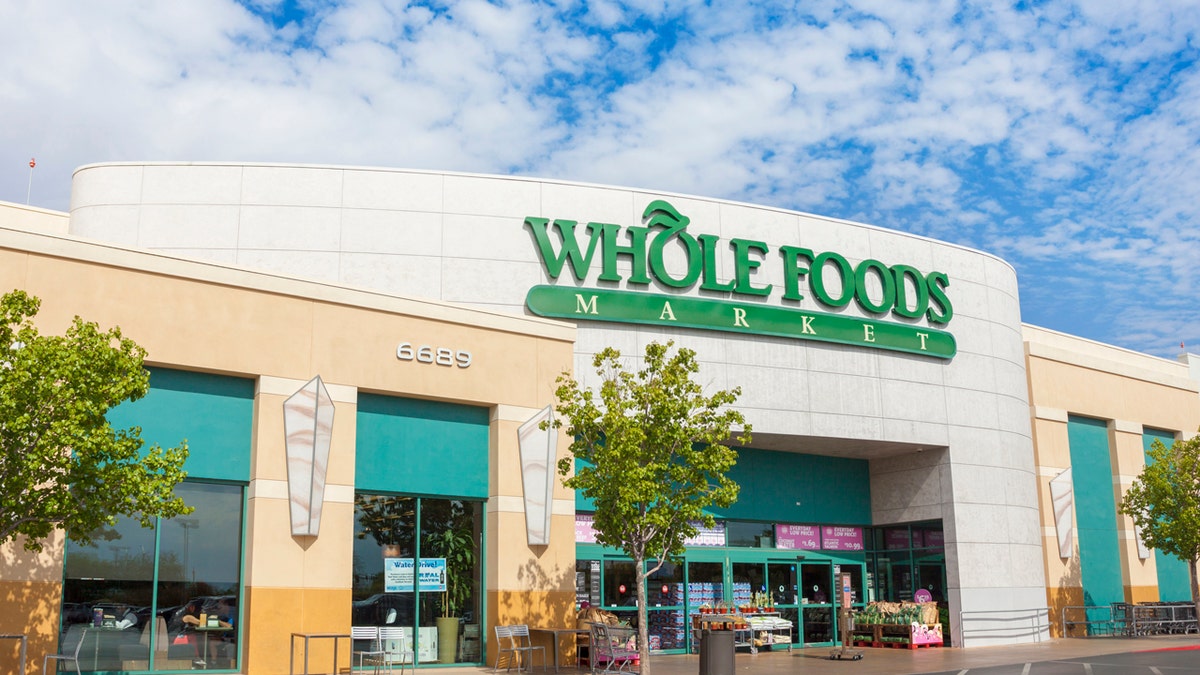
Amazon buys out Whole Foods. (iStock)
Since Amazon announced plans to buy Whole Foods last week, headlines have been rampant with speculation over how the two companies plan to work together.
“If we’re talking about getting organic into more consumer’s hands, we know that there is a desire behind younger shoppers to buy organic foods,” says Darren Seifer, a food industry analyst for market research company NPD group, which reported that 24 percent of millennials bought something from Whole Foods last year.
Now, Amazon, with its near ubiquitous audience and seemingly instantaneous delivery, seems “primed” (groan) to expand Whole Foods’s reach even further.
But what does that mean for Whole Foods’s tens of thousands of organic farmers? The grocery chain works with producers as big as Driscoll’s and CalOrganic and as small as RimRock Ranches out of Genesee, Idaho.
“That’s the beauty of Whole Foods,” says third-generation farmer Jim Hermann of RimRock, which provides rare Beluga lentils, garbanzo beans and peas to Whole Foods stores in the Northwest. “The two lentils we grew for Whole Foods were the highest grossing crops we had last year.”
For farmers like Hermann, expanding the United States’ palette for higher-value crops through Amazon’s audience would mean more financial stability for his business and healthier, more diversified soil on his farm. But not all his colleagues are as optimistic.
“There’s an inverse relationship between yield and flavor,” says Jim Cochran, California’s first organic strawberry farmer, who grew Swanton Berry Farm in Davenport from four acres to 24 to match the demand of 20 Whole Foods stores. He eventually cut back down to 12 acres to focus on quality over quantity. For more stubborn crops, bigger and bigger yields are just not feasible in the near future, he says. Domestically grown strawberries, for example, have a small harvest window. “You plant them once a year. You can’t maintain a steady supply all season long.”
Cost competition is another major concern. As more grocers like Costco and Walmart begin to offer organic produce to their customers, price points continue to drop. “That puts a pinch on pricing for everyone,” says Jim Durst, co-owner of Durst Organic Growers in Yolo County, Calif. “Every time I see something cheap in a store I think, some farmer just got screwed.”
It’s hard not to think that Amazon CEO Jeff Bezos, known for his slim margins and unwavering emphasis on the bottom line, has an eye on lowering prices at the chain often referred to as “Whole Paycheck.”
“If Amazon is going to buy cheap, they’re not going to buy cheap in this country,” says Durst. “And then you have to wonder: Is the food really grown sustainably? Do you trust the certification? Is the product you’re getting what it really says it is or is it just labeled that way?”
For major providers like Driscoll’s, the opposite has been true. “If anything, we’ve moved closer to the consumer,” says Soren Bjorn, President of Driscoll’s of the Americas. “When I started in the business twelve years ago, we would fly raspberries from Chile to the United States.” Now, through advancements in production technology, and withi genetics that allow raspberries to grow in environments where they haven’t been able to before, every Driscoll’s raspberry is grown within trucking distance to its final destination.
Bjorn sees more farms moving closer to home, with possible savings being made via productivity and advanced farming practices. And, in Whole Foods’s town hall meeting transcript published earlier this week, Jeff Wilke, Amazon’s CEO of Worldwide Consumer, acknowledged that skimping on Whole Foods high quality standards “would be crazy.”
For the moment, farmers in Whole Foods’ supply chain will experience little out of the ordinary. As consumers add lentils, strawberries, and baby lettuce to their carts (digital, four-wheeled or otherwise), the hope is that more people will have access to more sustainably grown food.
“The average U.S. household spends less than five dollars a week on fruits and vegetables,” says Bjorn. “The real opportunity is not to lower the cost [of produce] but to figure out how to get people to eat more fruits and vegetables. That’s the opportunity: to change the food system.”
